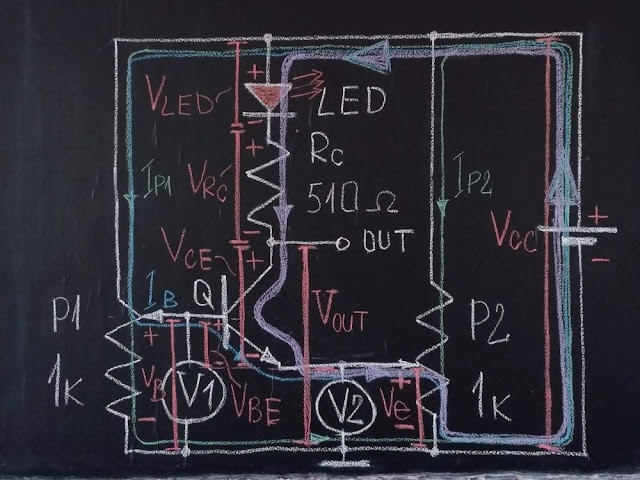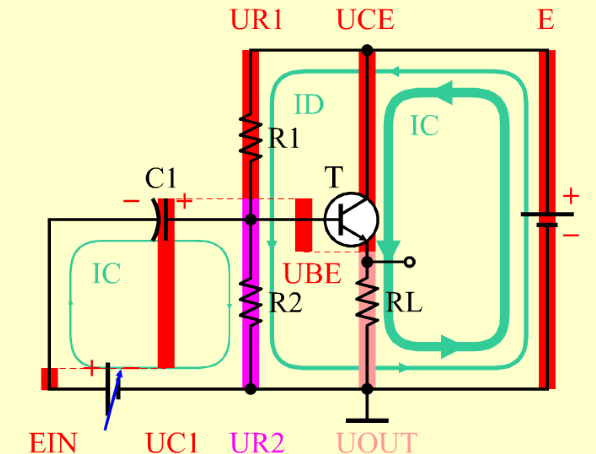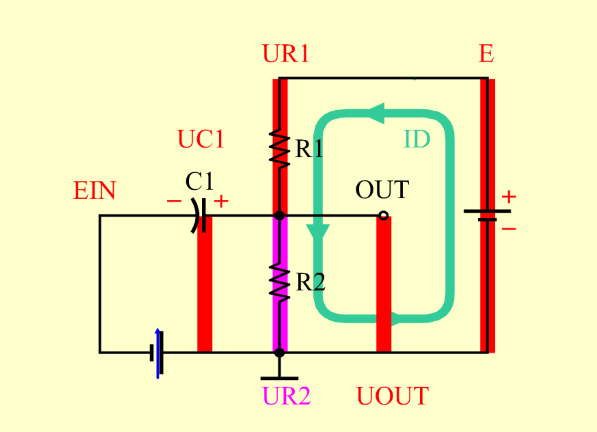Common Base Amplifier Confusion

My answer to SE EE question Common Base Amplifier Confusion This story is another case of rude administration in StackExchange EE. I tried to reveal in detail the operation of the legendary common-base stage by illustrating its operation with the help of voltage bars and current loops. But this did not become easy and required multiple edits to reach perfection. For some reason incomprehensible to me, however, the moderator did not like it and at one point he locked my answer. The problem is that I improved Fig. 2 as I drew the paths of charging currents and I want to replace the figure. Also, I found Cyrillic letters in the captions under some figures and I want to correct them. I asked the moderator to unlock my answer (see the last comments below)... but so far I have not received an answer... Answer Common emitter and common base are formal terms; common collector is even meaningless. For the last time, I came to this conclusion during yesterday's laboratory exercise dedi

